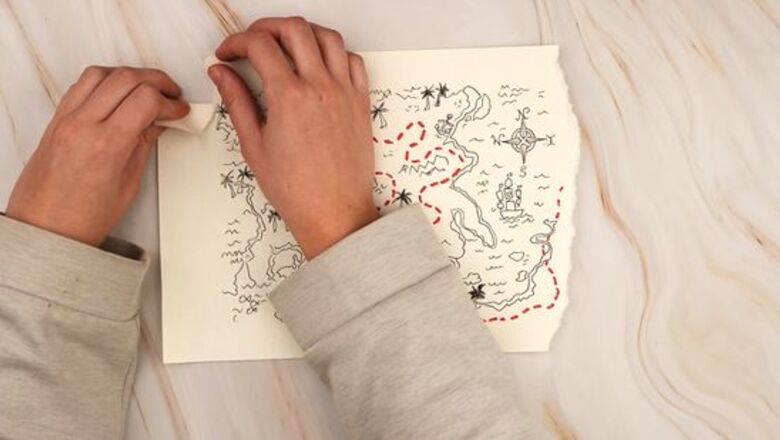
views
Making the Map Look Authentic
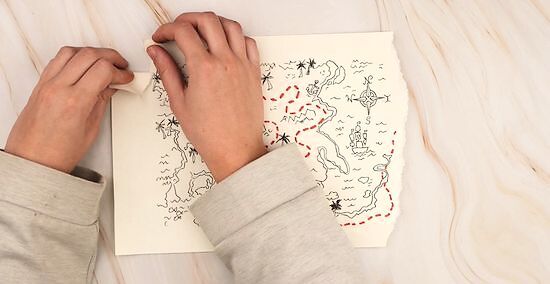
Tear the edges off all four sides of the paper. This will make the map look more like a worn treasure map.
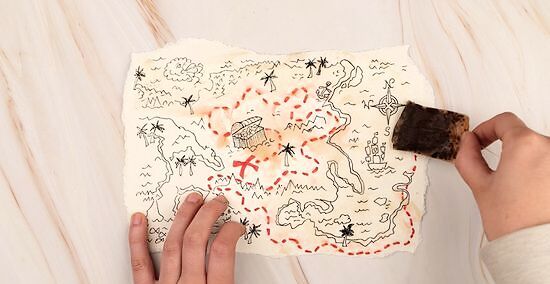
Use a tea bag to make the map look old. Wipe a wet tea bag over both sides of the paper. The map will turn a light brown color. When you finish, the paper should be completely saturated.
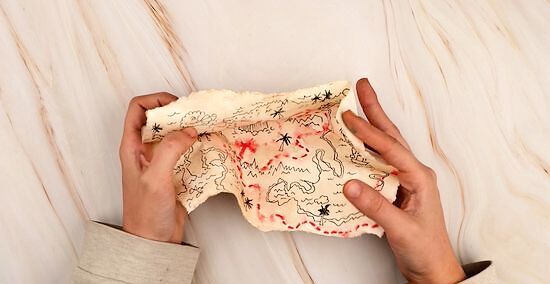
Make the map look worn. Crumple the map into a ball several times to get it good and crumpled. Let it dry overnight in a ball.
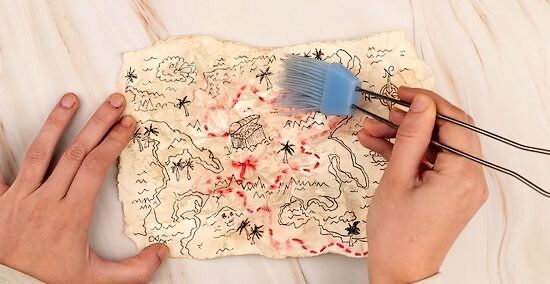
Use cooking oil to make the map feel authentic. Gently open the map, and wipe both sides with cooking oil. Blot off the excess with paper towels. This will make the paper feel slightly crunchy.
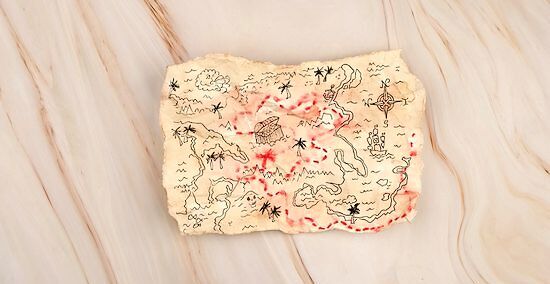
Let the paper dry again. Once it is finished drying, the map should look very old.
General Tips on Map Design
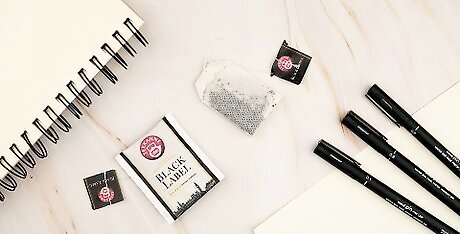
Think about the kind of map you want to make. It could be a path that uses landmarks, or it could be a verse that includes directions and distances. There could be a game involved with a secret plot. Make sure the start is easy to find, and the treasure is hidden somewhere where it won't be disturbed until the treasure hunters find it.
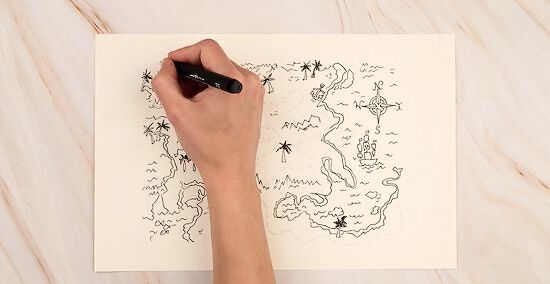
Start drawing your map. Use a piece of plain white paper to start. Include the compass so the hunters can get their bearings and any written clues needed by the hunters to find the treasure. Note: You can also use a thicker piece of cardstock if you want a more durable map. Or you can use part of a brown paper grocery bag (just make sure you use a piece with no writing on it).

Draw specific features on your map. Feel free to use different colored inks; you can also use colored pencils, Sharpies, or watercolor paint. The features don't have to be perfect. After all, pirates aren't known as being great artists! Include things like: A red X to mark the spot. This is probably the most important feature! Landmarks to determine a starting point and a finishing point (the treasure spot), and landmarks to help the hunters find their way in the middle. Trees, shrubs, or plants. Trees can be made by a simple vertical line with horizontal lines squiggled on top of it that starts wider at the base and get increasingly smaller toward the top. Make sure to leave a small portion of your vertical line uncovered at the bottom to create the trunk of the tree. You can also make more detailed trees if you want to spend the time. Houses or other buildings. Mountains or hills. Rivers or other bodies of water. You can locate the treasure hunt on an island surrounded by water. For a more imaginative look, include some fantasy elements like a sea serpent, some ships, or a castle.
Using the Map for Fun
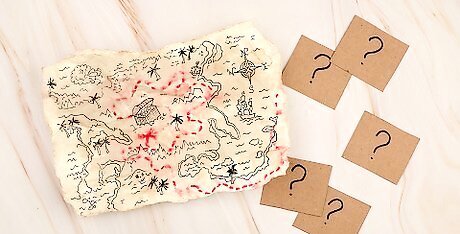
Create a scavenger hunt. Include clues and prizes/treasures to entertain your guests. This is a great idea for all kinds of events like birthday parties, holiday parties, kids' sleepovers,
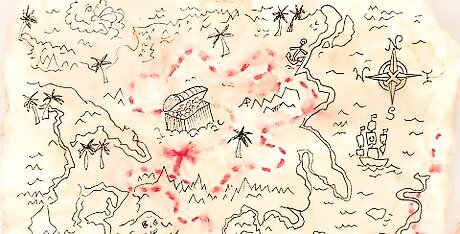
Use it as a document in a play or other performance. Impress the other adults with your crafty skills by volunteering to create the map for your kids' school play or church activity.
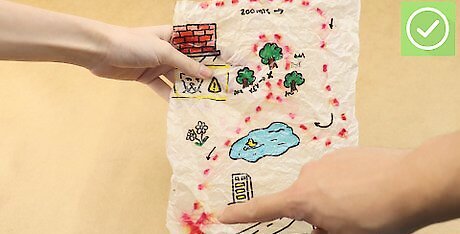
Spend an afternoon having fun with your children. Use the treasure map as a bonding experience for your family.
















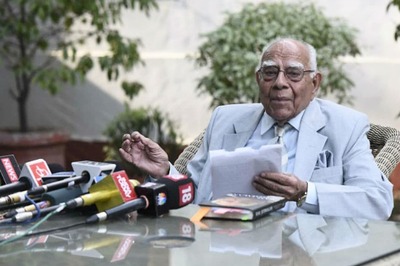


Comments
0 comment